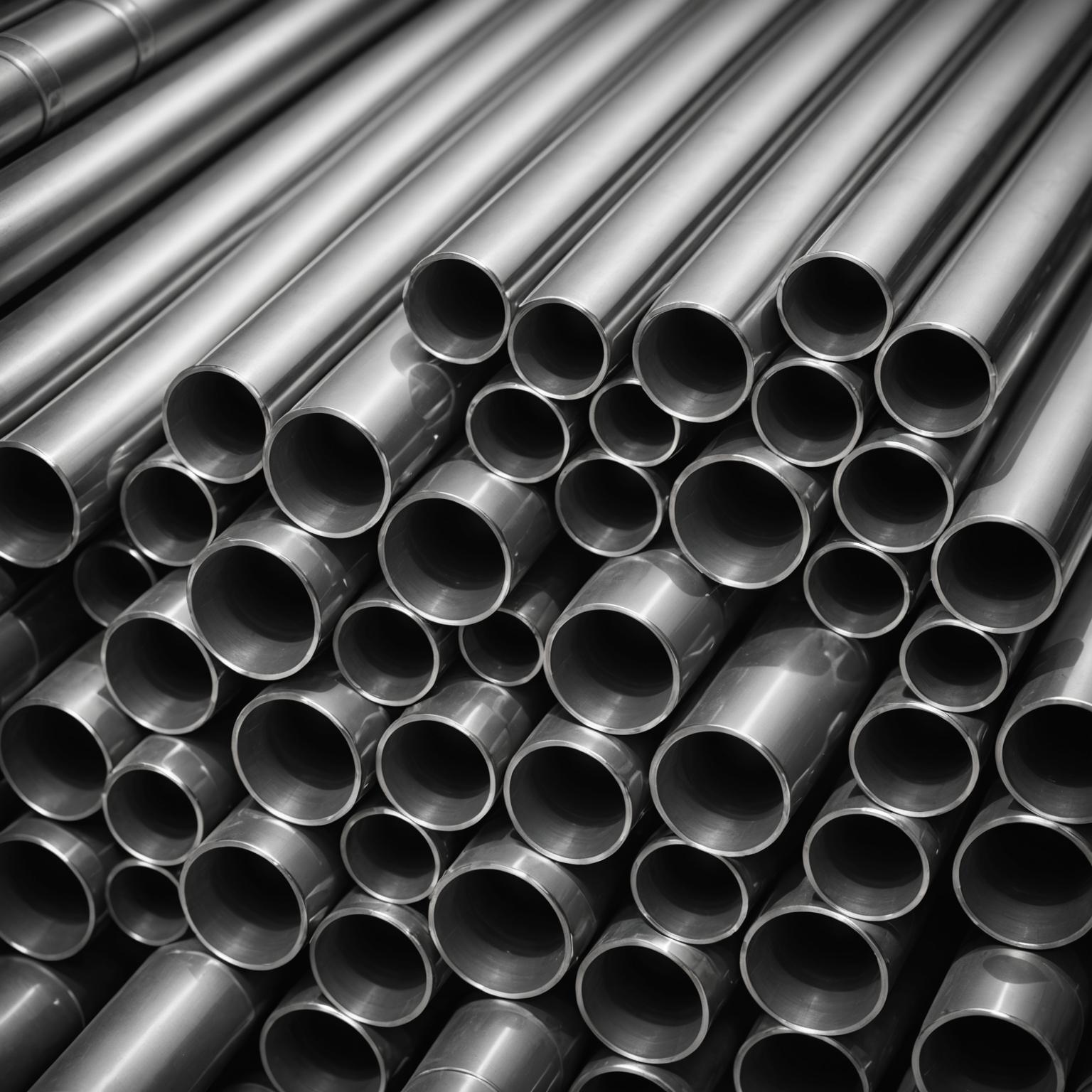Introduction to Stainless Steel Pipes
Stainless steel pipe has become a staple in various industries due to its exceptional durability and resistance to corrosion and heat. Whether it's the construction sector, where the material's strength is of paramount importance, or in automotive and aerospace industries, where high-performance materials are crucial, stainless steel pipe proves to be indispensable. This article explores the reasons behind the widespread use of stainless steel pipes and offers a guide on the surface polishing process to enhance their appeal.
Advantages of Stainless Steel Pipes
The benefits of using stainless steel pipe are unquestionable. One of the most significant advantages is their remarkable resistance to corrosion. This characteristic makes them ideal for environments exposed to moisture and other corrosive agents. Additionally, stainless steel pipes can withstand high temperatures, which is vital for industries such as aerospace and automotive engineering that deal with extreme conditions.
Furthermore, stainless steel pipes are engineered to maintain their structural integrity while providing aesthetic appeal. The precision and consistency in manufacturing these pipes result in uniform wall thickness, ensuring consistent strength throughout their length. This combination of style and strength is perfect for those who not only seek functionality but also desire sophistication in their industrial projects.
The Importance of Surface Polishing Process
The surface polishing process of stainless steel pipes significantly enhances their aesthetic appeal and functionality. A polished finish can bring out a reflective sheen that adds an element of elegance to the material. Moreover, polishing removes surface imperfections and helps improve the hygienic properties of the pipe, which is particularly crucial in the pharmaceutical and food industries where cleanliness is paramount.
To achieve the desired finish, the surface polishing process involves a series of steps, starting with surface preparation, which may include grinding to remove surface defects. Following this, progressively finer abrasives are used to smoothen the surface. The final stage often involves buffing with a polishing compound to achieve a glossy, mirror-like finish.
Versatility in Applications
Stainless steel pipes are prized for their versatility, finding applications across a wide array of fields. The material's adaptability is showcased in sectors ranging from construction to high-tech industries. Whether for lightweight structures, efficient transportation solutions, or aesthetic architectural elements, these pipes offer reliability and elegance.
Apart from their use in heavy industry, stainless steel pipes are increasingly used in design and architecture for their sleek appearance and robustness. They can be tailored in various diameters and lengths, allowing customization for specific project requirements.
Conclusion
The evolution of stainless steel pipe continues to reflect advances in technology and engineering, leading to industrial materials that meet the highest standards of performance and beauty. By understanding the surface polishing process and its significance, industries can fully harness the potential of this material to create innovative, efficient, and visually appealing solutions.
For professionals seeking high-quality, precision-engineered stainless steel tubing, products like the PrecisionPolish Stainless Steel Tubing offer an ideal blend of aesthetics and functionality. The pursuit of excellence in engineering continues to drive the development of these superior materials, making them a crucial component in modern industry applications.








